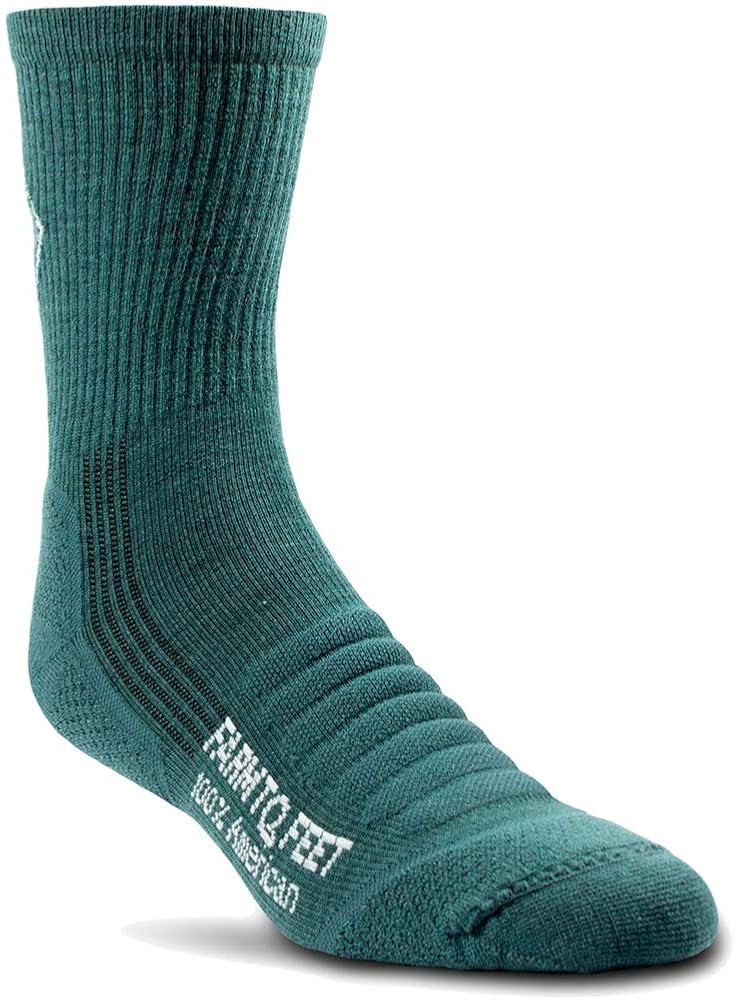Some people see the word crane and think migration; others think construction. Spring time brings about a lot of changes, not just seasonal changes with wildlife and nature but incremental progress for parks, conservation areas, and community paths too. The urban core of Spokane currently hosts several large cranes for major projects, including a few downtown buildings plus the renovation of Riverfront Park and the new U-District pedestrian bridge.
A few years back, during the Kendall Yards Centennial Trail construction phase, I brought my young son down to ride on the pavement one day ahead of the ribbon-cutting ceremony. While he was riding along, and I was snapping a few photos, I remembered how my dad introduced me to the Centennial Trail in Riverfront Park, and we planned to ride to the Idaho Border together back in 1990. Incremental changes have transformed this paved community trail dramatically, and I predict we will see even more cranes and construction in the coming years along the 40 miles of the Spokane River Centennial Trail to renovate the Don Kardong Bridge, connect to the Children of the Sun Trail, and for other trail projects.
Ultimately, the ripple effects of an ever-improving Centennial Trail extend to the Fish Lake Trail, the Ben Burr Trail, multiple connections around Liberty Lake, and across the state line where the Centennial Trail continues as the 23-mile-long North Idaho Centennial Trail. None of these trails are perfect; however, they give back more than they take away. Whereas some naysayers might resist urban trails, multiple studies conclude that paved non-motorized paths reduce crime, raise property values, and reduce traffic by providing commuter alternatives. Everybody wins.
This issue of Out There highlights two outdoor themes, running and family outdoor activities, that may not seem to have a lot in common. Paved urban paths like the Centennial Trail, Fish Lake Trail, and others, however, provide safe, accessible places for both runners and families to get outside right in their own backyard. Kids can ride without traffic or stoplights. Moms jogging with strollers and families walking or biking with small children can cruise along the Spokane River with additional safety. The running clubs and anyone training for Bloomsday or other races benefit from these trails too. In case you haven’t noticed, many charity runs, walks, and bike rides for local causes take place along part of one of these trails, as do major events like SpokeFest, the Windermere Marathon, Negative Split races, Coeur d’Alene Marathon, and the Lilac Century family bike ride.
According to a “Trails for All Americans” report, published by American Trails, “Americans are seeking trail opportunities as never before. No longer are trails only for the ‘rugged individualists’ pursuing a solitary trek through breathtaking wilderness…users include young people and senior citizens, families, individuals and organized groups, people with disabilities and the physically fit.” This report published in 1990 makes a great case that these trails are for everybody to enjoy. While I couldn’t agree more, the work to complete, connect, and expand the Inland Northwest’s world-class paved trail system is ongoing and will need our support for years to come. //
Feature photo: Jon Jonckers













